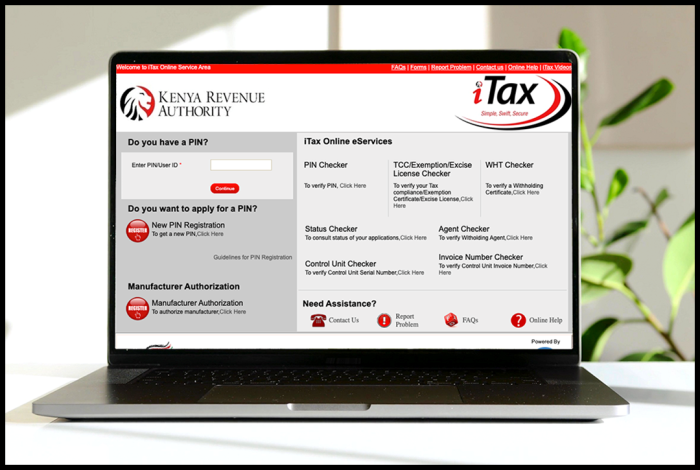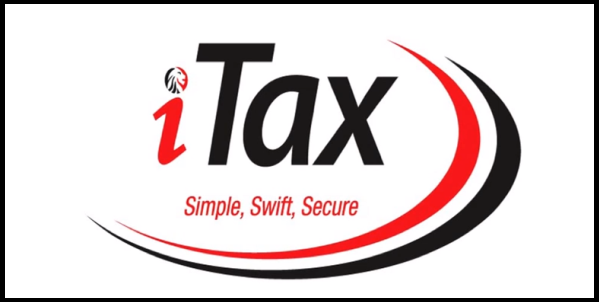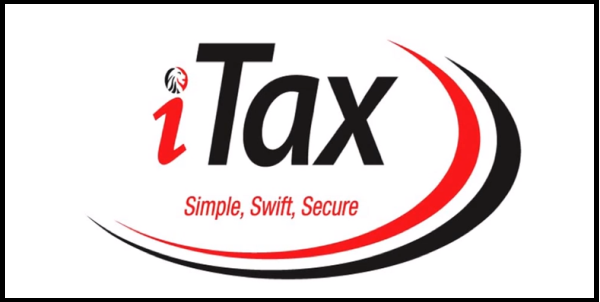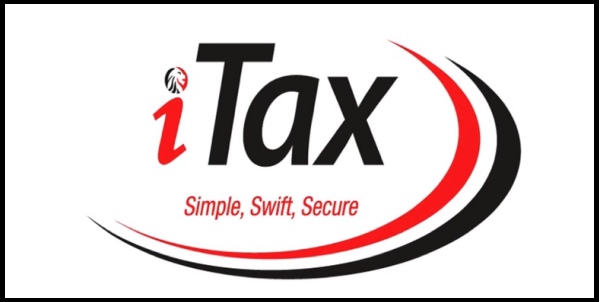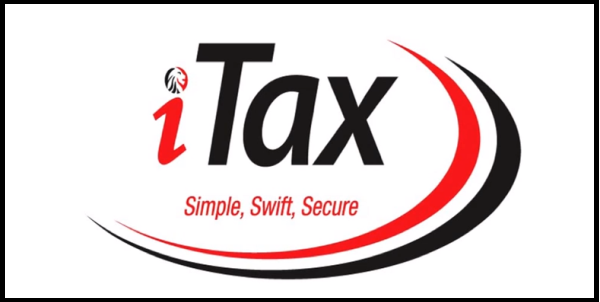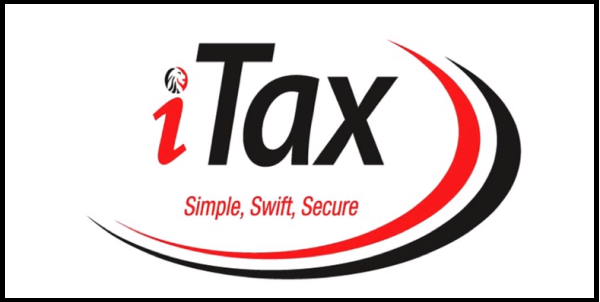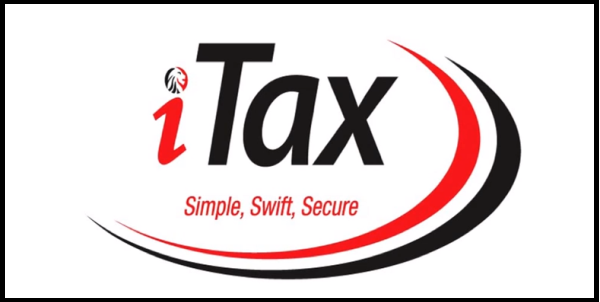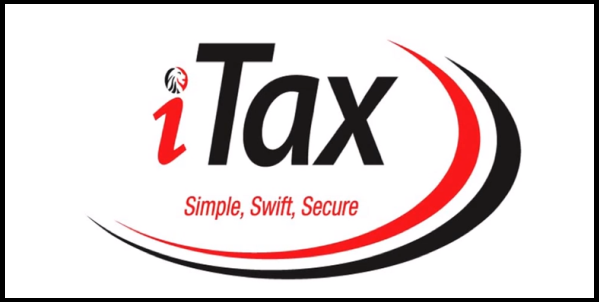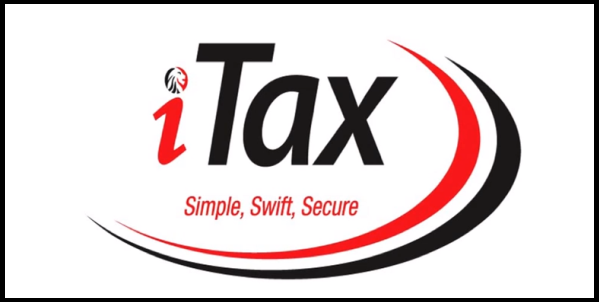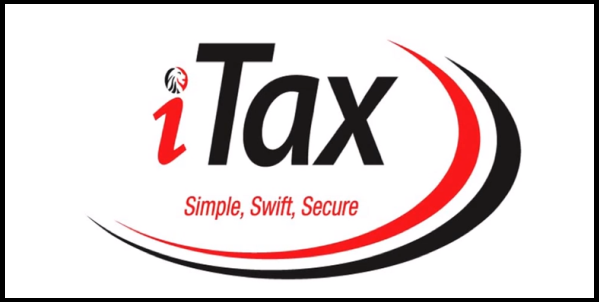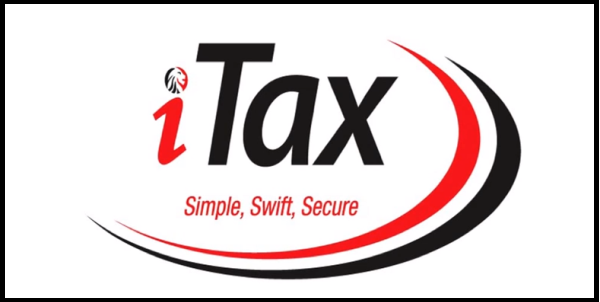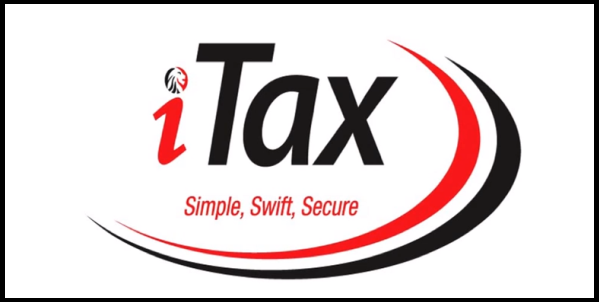The Integrated Customs Management System (iCMS) is a transformative digital platform developed by the Kenya Revenue Authority (KRA) to modernize and streamline customs operations across Kenya. Designed to replace the older SIMBA system, iCMS integrates all customs processes into a single, automated platform, enhancing efficiency, transparency, and compliance in trade facilitation.
READ ALSO: How To Reset KWATOS Password: Step-by-Step Guide
The Integrated Customs Management System (iCMS) is a modern, robust, and efficient platform developed by the Kenya Revenue Authority (KRA) to streamline and automate customs operations across Kenya. It consolidates various customs processes into a single digital system, enhancing the efficiency of cargo clearance and trade facilitation.
What is iCMS?
iCMS stands for Integrated Customs Management System. It is a comprehensive digital solution that automates and harmonizes customs procedures, including import and export declarations, cargo clearance, risk management, and revenue collection.
By consolidating these processes into one system, iCMS aims to improve the efficiency and effectiveness of customs operations in Kenya.
Key Features of iCMS
Below are the main key functions of iCMS:
1. Unified Platform
iCMS integrates various customs processes into a single system, eliminating the need for multiple platforms and reducing redundancy. This unification simplifies procedures for importers, exporters, and customs agents.
2. Pre-Arrival Processing
The system allows for the submission of cargo declarations and other necessary documents before the arrival of goods. This pre-arrival processing facilitates faster clearance upon arrival, reducing delays at ports of entry.
3. Automated Risk Management
iCMS incorporates a robust risk management framework that automatically assesses and flags high-risk consignments for inspection, enhancing security and compliance.
4. Real-Time Cargo Tracking
The system enables real-time tracking of cargo from the port to its final destination, minimizing the risk of cargo diversion and improving transparency in the supply chain.
5. Integration with Regional Systems
iCMS is integrated with regional systems such as the Regional Electronic Cargo Tracking System (RECTS) and the Single Customs Territory (SCT), promoting seamless cross-border trade within the East African Community (EAC).
Benefits of iCMS
Below are the main benefits of iCMS:
1. Enhanced Efficiency
By automating manual processes and reducing bureaucratic complexities, iCMS significantly cuts down the time required for cargo clearance. KRA projects a 60% reduction in cargo clearance time, leading to decongestion at ports and faster delivery of goods.
2. Improved Revenue Collection
The implementation of iCMS has led to significant improvements in customs duty performance. A study conducted in Nairobi County revealed a strong positive correlation between the use of iCMS and enhanced customs duty performance, with a 64.1% correlation coefficient. The study also found that iCMS accounted for a 41% variation in customs duty performance, highlighting its substantial impact on revenue collection and efficiency.
3. Increased Transparency and Compliance
The system enhances transparency by eliminating human intervention in certain processes and incorporates a robust risk management framework to secure the trade chain. This automation reduces opportunities for corruption and ensures that customs procedures are applied consistently.
4. Cost Reduction for Traders
Faster and more efficient cargo clearance processes reduce storage and demurrage costs for traders, making it more affordable to do business in Kenya. This cost reduction enhances the competitiveness of Kenyan goods in the global market.
5. Facilitation of Regional Trade
By integrating with regional systems, iCMS supports Kenya’s goal of improving its Ease of Doing Business ranking by simplifying trade procedures and reducing clearance times. It also provides preferential treatment for Authorized Economic Operators (AEOs), offering them streamlined processes and benefits that were not possible under the previous systems.
Accessing and Using iCMS
Stakeholders such as importers, exporters, and customs agents can access the iCMS portal through the KRA’s official website. The system provides a user-friendly interface for lodging documents, tracking cargo, and managing customs procedures.
To use iCMS effectively, users must:
- Register: Register as a user on the iCMS platform.
- Submit Declarations: Lodge Import Declaration Forms (IDFs), sea manifests, security bonds, cargo declarations, and exemptions through iCMS.
- Pre-Arrival Submission: Submit sea manifests at least 48 hours before vessel arrival to facilitate pre-arrival processing.
- Track Cargo: Use the system to monitor the movement of cargo in real-time from the port to the final destination.
- Compliance: Ensure all documentation is accurate and complete to avoid delays in clearance.
For those seeking to enhance their understanding and proficiency in using iCMS, the Kenya School of Revenue Administration (KESRA) offers specialized training courses. These courses are designed for professionals in both the public and private sectors who are involved in customs-related activities. The training covers system transactions related to customs operations applied by the customs service department in the EAC member states.
READ ALSO: How To Login to KWATOS: Step-by-Step Guide
The Integrated Customs Management System (iCMS) is a significant advancement in Kenya’s efforts to modernize its customs operations. By automating and integrating various customs processes, iCMS enhances efficiency, transparency, and compliance, benefiting both the government and the trading community. As Kenya continues to position itself as a regional trade hub, systems like iCMS play a crucial role in facilitating seamless and secure trade across borders.

Matthews Ohotto is an Article Writer at CYBER.CO.KE and a Video Creator at Step-by-Step Tutorials Kenya (YouTube). He specializes in crafting insightful Blog Posts and Video Tutorials that empower Kenyans with practical digital skills. He is a holder of Bachelor’s Degree in Business Information Technology (BBIT) from Jomo Kenyatta University of Agriculture and Technology (JKUAT).
KRA INDIVIDUAL SERVICES
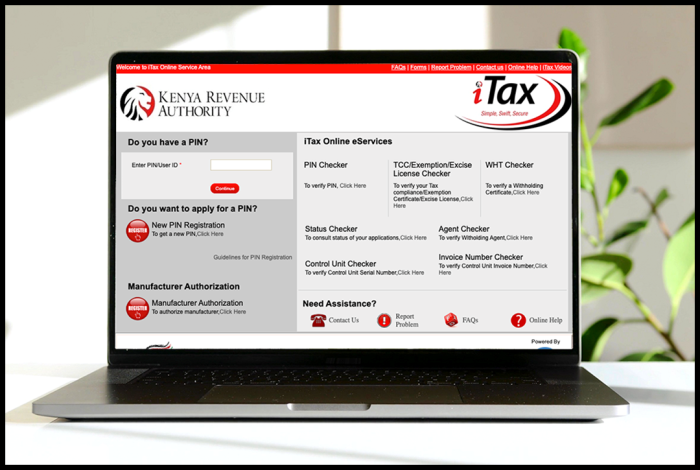
SUBMIT SERVICE REQUEST
KRA PIN REGISTRATION
Are you looking for KRA PIN Registration services in Kenya?
Submit your service request and let us handle everything for you.
Get your KRA PIN Certificate via Email Address and WhatsApp in a few minutes.
KRA PIN RETRIEVAL
Are you looking for KRA PIN Retrieval services in Kenya?
Submit your service request and let us handle everything for you.
Get your KRA PIN Certificate via Email Address and WhatsApp in a few minutes.
KRA PIN UPDATE
Are you looking for KRA PIN Update services in Kenya?
Submit your service request and let us handle everything for you.
Get your KRA PIN Certificate via Email Address and WhatsApp in a few minutes.
KRA PIN CHANGE OF EMAIL ADDRESS
Are you looking for KRA PIN Update services in Kenya?
Submit your service request and let us handle everything for you.
Get your KRA PIN Certificate via Email Address and WhatsApp in a few minutes.
KRA RETURNS SERVICES
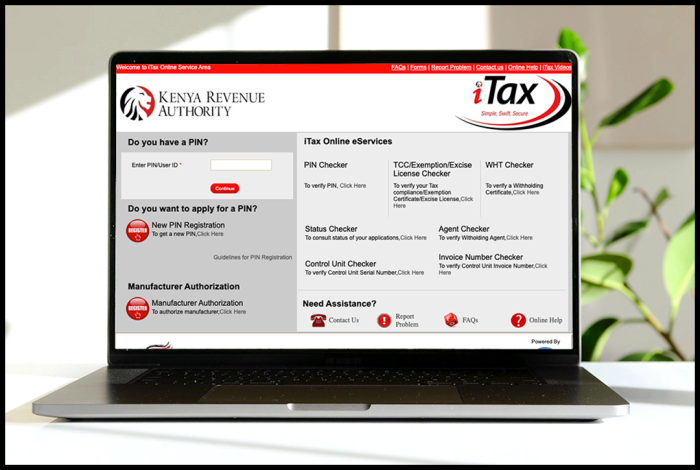
SUBMIT SERVICE REQUEST
KRA NIL RETURNS
Are you looking for KRA Nil Returns services in Kenya?
Submit your service request and let us handle everything for you.
Get your e-Return Acknowledgement Receipt via Email Address and WhatsApp in a few minutes.
KRA EMPLOYMENT RETURNS
Are you looking for KRA Employment Returns services in Kenya?
Submit your service request and let us handle everything for you.
Get your e-Return Acknowledgement Receipt via Email Address and WhatsApp in a few minutes.
KRA AMENDED RETURNS
Are you looking for KRA Amended Returns services in Kenya?
Submit your service request and let us handle everything for you.
Get your e-Return Acknowledgement Receipt via Email Address and WhatsApp in a few minutes.
KRA WITHHOLDING TAX RETURNS
Are you looking for KRA Withholding Tax Returns services in Kenya?
Submit your service request and let us handle everything for you.
Get your e-Return Acknowledgement Receipt via Email Address and WhatsApp in a few minutes.


